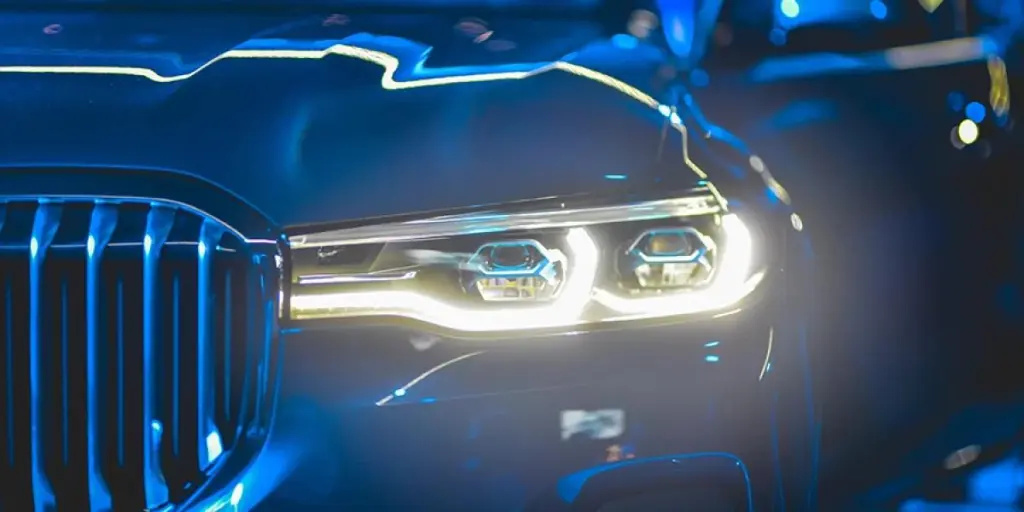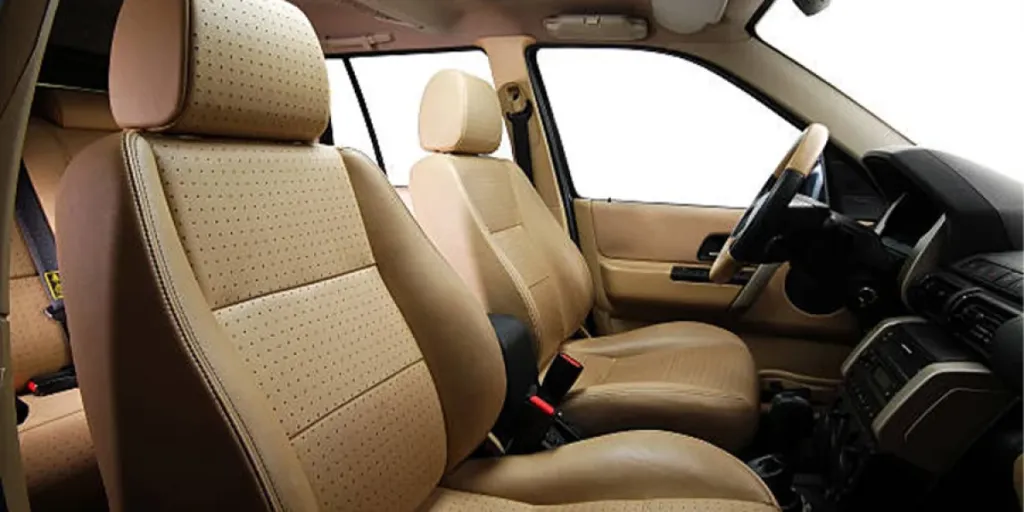The Ford Ranger stands out as one of the top performers among midsize pickup vehicles. Tradesmen and adventurers trust the vehicle alongside everyday drivers because it combines durability with off-road capability and strong towing power.
The Ford Ranger 4×4 maintains popularity in spite of having its fair share of problems. Consumers searching for dependable trucks often compare Ford Ranger 4×4 problems to its competitors such as the Toyota Hilux, Isuzu D-Max, and Mitsubishi L200, because these issues have emerged as a frequent discussion point over time.
This article provides comprehensive information about the common problems with the Ford Ranger 4×4 pickup, how to diagnose them, and repair recommendations from quality auto shops for current owners or potential buyers.
Table of Contents
Overview of the Ford Ranger 4×4 pickup
6 Common Issues with the Ford Ranger 4×4 pickup
1. Engine problems
2. Transmission problems
3. Electrical issues
4. Suspension and steering problems
5. Fuel system problems
6. Brake system concerns
Diagnosing Ford Ranger 4×4 problems
1. Identifying symptoms
2. Utilizing diagnostic tools
3. Referring to technical service bulletins
Solutions and recommendations
1. Engine care
2. Transmission care
3. Fixing electrical issues
4. Suspension repairs
5. Fuel system service
6. Brake maintenance
Overview of the Ford Ranger 4×4 pickup

The Ford Ranger 4×4 pickup has been designed to navigate rough roads while transporting heavy loads across various driving conditions. The four-wheel drive system delivers superior traction in mud and snow while navigating off-road conditions, making it the ideal choice for drivers who want a high-performance vehicle.
Still, no car is perfect. Owners appreciate the Ford Ranger 4×4 for its durability but face widespread problems with its four-wheel drive system, which causes issues in the drivetrain and other components such as the engine and electronics. Anyone who wants their truck to last longer and remain reliable needs to understand its potential problems.
6 Common Issues with the Ford Ranger 4×4 pickup
A number of Ford Ranger issues have emerged throughout its production years. Although not every Ford Ranger 4×4 will encounter these issues, they are widespread problems, particularly during specific model years like 2000-2008, 2011 and 2019. Here are these issues in detail.
1. Engine problems
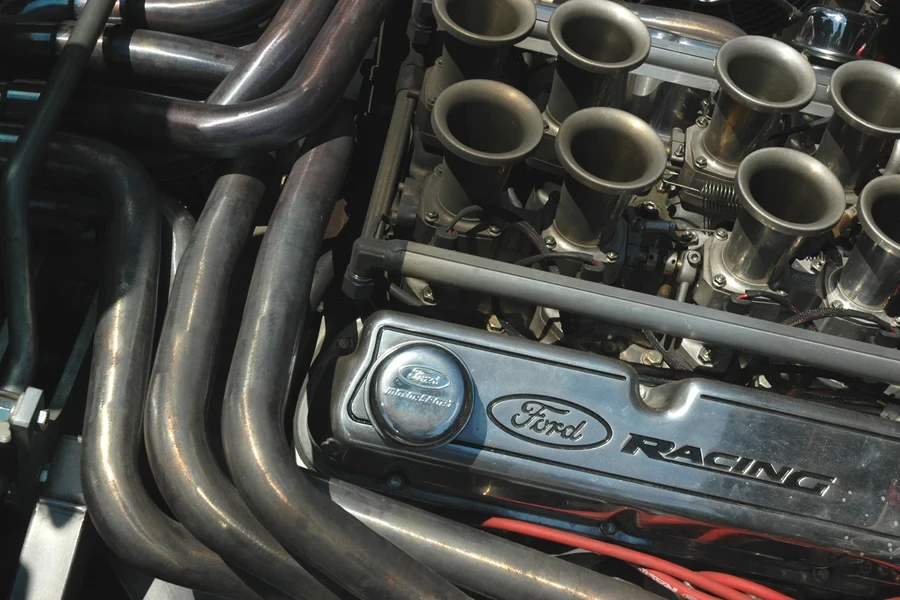
The Ford Ranger 4×4 engine problem is a frequently reported issue by vehicle owners. Ford Ranger engine problems include symptoms like low oil pressure and rough idling, as well as knocking sounds, which can escalate into major engine failures due to poor maintenance or manufacturing defects.
Owners of some models have reported failures in selective catalytic reduction (SCR) systems that cause both emissions problems and dashboard warning lights.
2. Transmission problems

2019 Ford Ranger 4×4 owners frequently encounter transmission problems. Multiple drivers describe experiencing severe gear shifts, slipping gears, and complete transmission engagement failures.
After reaching between 60,000 and 100,000 miles, vehicles experience transmission issues that may need fluid replacement or sensor checks and sometimes lead to full transmission rebuilds in older models.
3. Electrical issues

The combination of defective rear window defrosters and flickering headlights with unresponsive gauges makes electrical problems both aggravating and costly to fix.
The root causes of these electrical issues include poor ground connections together with aging wiring systems, and defective sensors. Like Land Rovers, electrical faults rank as some of the most difficult Ford Ranger 4×4 issues to diagnose because of their unpredictable behavior.
4. Suspension and steering problems
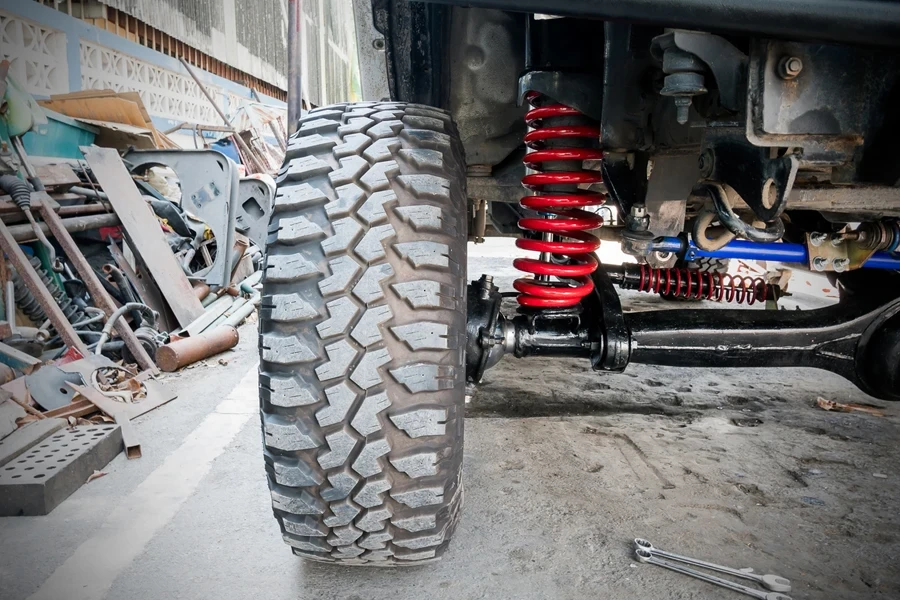
Ford Ranger 4×4 vehicles demonstrate early ball joint, tie rod, and bushing failure as common suspension problems, which become prominent in off-road and heavy hauling use scenarios.
Many Ford Rangers experience steering problems where the vehicle wanders or pulls to one side. Worn parts and misalignment frequently cause steering and suspension issues.
5. Fuel system problems

Fuel delivery problems in the Ranger have triggered worries among drivers who encounter sputtering engines along with weak acceleration and starting difficulties.
Clogged filters, faulty pumps, and bad injectors are likely causes of these symptoms. Certain model years, like the 2021 Ford Ranger 4×4, experience frequent fuel system problems when they use substandard fuel.
6. Brake system concerns

The braking system is a very important component in any vehicle, and failing brakes are among the top complaints raised by Ford Ranger owners. In most cases, they complain that their brake pads deteriorate prematurely, while in some instances, drivers face a soft brake pedal and ABS warning lights on their dashboard.
Leaking brake lines and failing master cylinders also find their way on the list of the most common Ford Ranger issues. If such failures are detected, it is only right that their owners take the vehicle to a mechanic for diagnostics and repair.
Diagnosing Ford Ranger 4×4 problems
Ford Ranger 4×4 problems that are detected early can help save hundreds to thousands of dollars in repair costs for their owners. Through a proper diagnosis, Ford Ranger 4×4 users are able to see the issue with their vehicle, whether it’s an engine fault, a four-wheel drive problem, or wiring technicalities. These steps can guide owners on how to know if their vehicle has an issue.
1. Identifying symptoms
Staying alert is one of the fastest ways to detect a problem with a Ford Ranger 4×4. Weird noises from the vehicle’s mechanical components, illumination of dashboard lights, low fuel economy, or lackluster vehicle performance are some symptoms a driver can detect when physically interacting with the car.
Drivers are also able to notice a problem with their car if there are abnormal gauge readings, fluids leaking, or tire wear. These are some of the early warnings that can help one know when a garage visit is calling.
2. Utilizing diagnostic tools
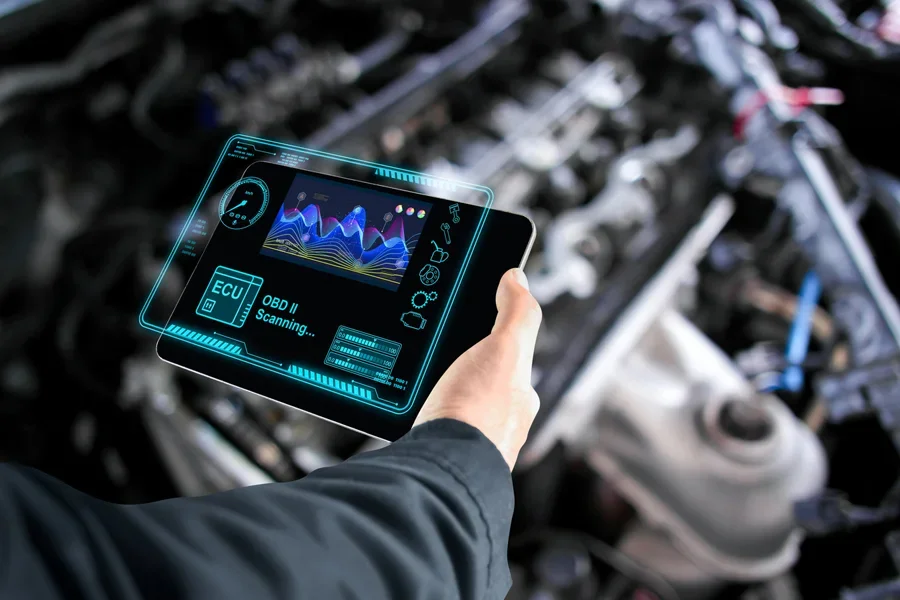
Manually diagnosing the Ford Ranger 4×4 is not sufficient. However, owners can take their diagnostics a notch higher by using an OBD-II scanner. An OBD-II scanner is a diagnostic device that is used to detect problems that drivers may not have a clue their vehicle is facing.
When the scanner is connected to the vehicle through an OBD-II port, it reveals error codes on the device’s display screen. These error codes indicate problems that are particular to the vehicle’s engine, transmission, or emissions control.
The scanner may reveal complex electrical or suspension faults, and this will require the owner to take the car to the nearest dealer or certified auto repair shop, which is most of the time the best approach compared to DIY repair.
3. Referring to technical service bulletins
Apart from using a diagnostic tool, there are websites that owners can use to access technical service bulletins, which list common problems specific to a vehicle’s model, so that they can detect the issues that are persistent with their vehicle.
The first option is the National Highway Traffic Safety Administration (NHTSA) website, safercar.gov. This is a government-owned website that provides a lot of data, including recalls for all vehicles sold in the United States.
The second choice is to use the automaker Ford Motor Company’s website through Ford’s Support Page. Upon browsing the website, owners can access information about problems affecting any Ford vehicle and ways to resolve them.
Other options are third-party automotive databases like ALLDATA and IDENTIFIX, but they will require a subscription.
Solutions and recommendations
The tips below help owners know how to resolve Ford Ranger 4×4 problems or prevent them from recurring so that their truck maintains its operability and condition.
1. Engine care
Ford Ranger 4×4 owners are advised to choose premium oil recommended by the manufacturer for their vehicle, as well as maintain a regular oil change routine. They should also keep track of vehicle parameters like the oil pressure and engine temperature. This will ensure that their engines last long and prevent the recurrence of common engine faults.
2. Transmission care
To avoid issues that affect the transmission’s reliability, performing routine transmission fluid flushes and ensuring that the vehicle’s weight remains within its capacity limits are two tips to help avoid premature gearbox wear and tear. It is also advisable to address transmission problems as soon as they occur to avoid more serious damage.
3. Fixing electrical issues
The battery terminals need to be cleaned, and blown fuses need to be replaced to address any of their related issues. If it’s an issue with the alternator or battery, they should be replaced with new ones. In the case where there are any unresolved faults, a professional technician should be consulted.
4. Suspension repairs
If there are any suspension components, such as struts, shocks, or control arms, that are degraded, owners should remove them and install new ones. An alignment will be vital, especially after extensive off-road use, to prevent steering problems.
5. Fuel system service
Owners should always choose high-quality fuels and use a fuel system cleaner from time to time. If fuel system issues persist, one can inspect the fuel injectors or fuel pump and replace them appropriately.
6. Brake maintenance
Brake pads and rotors should be regularly checked. The owner should also perform brake fluid flushes every two years and replace worn-out components to avoid turning any braking issues into a disaster.
Conclusion
Although the Ford Ranger 4×4 is a durable pickup truck, it may face problems that can affect its dependability and long-term toughness. These issues span from engine faults, gearbox problems, to wiring faults, and understanding these problems and tips for solving them is the key to owning a strong pickup truck. Auto repair shops can help Ford Ranger 4×4 owners ensure the longevity of their vehicle by offering quality spare parts.

